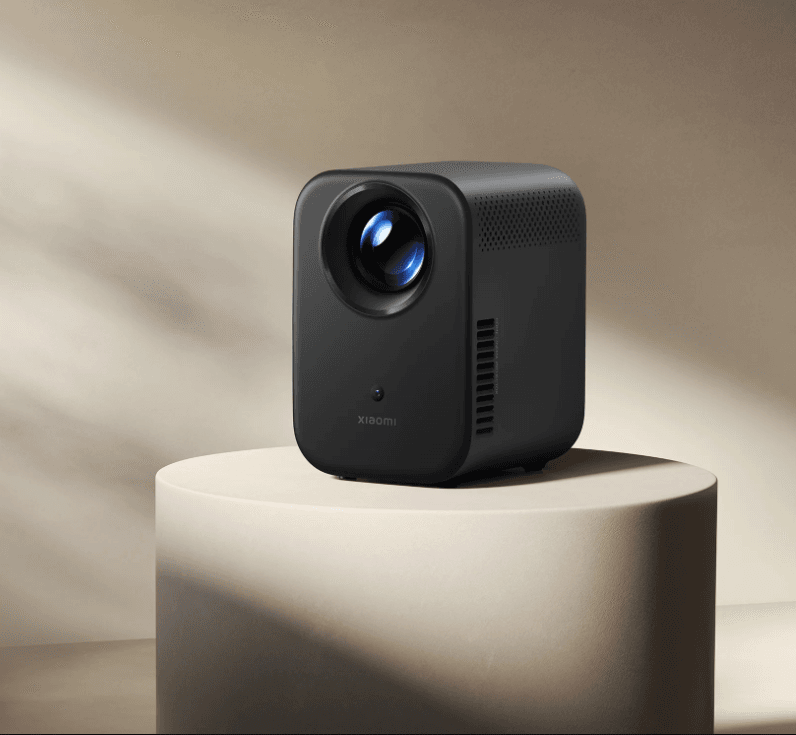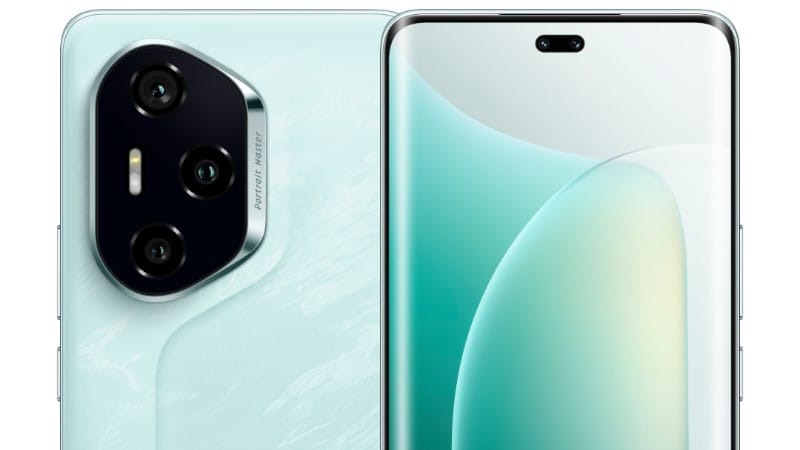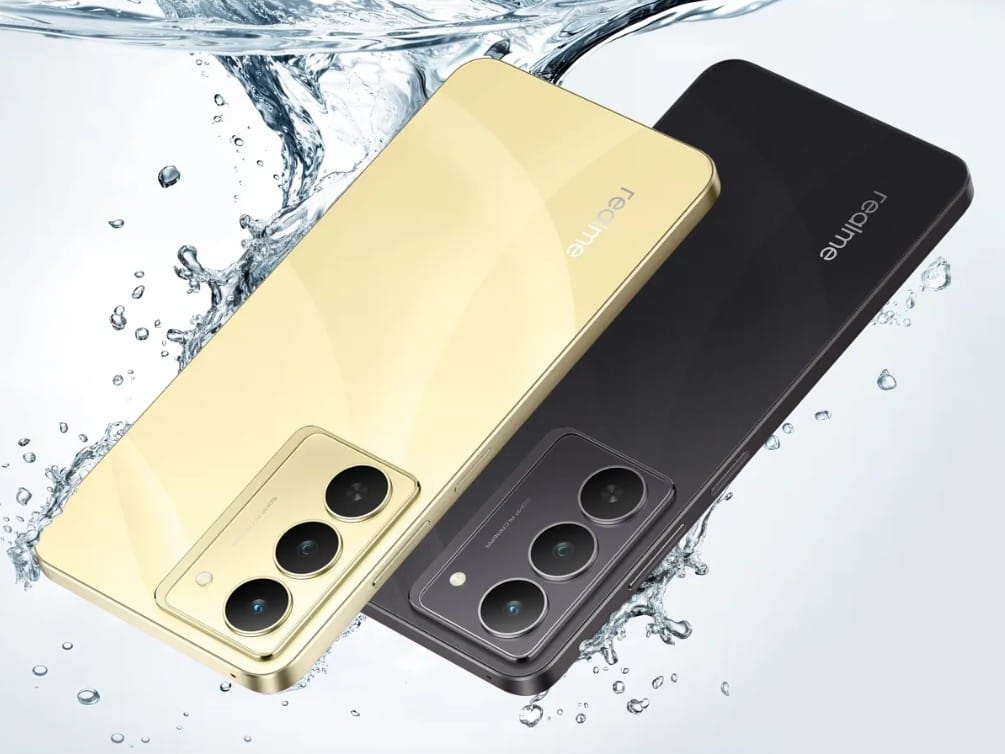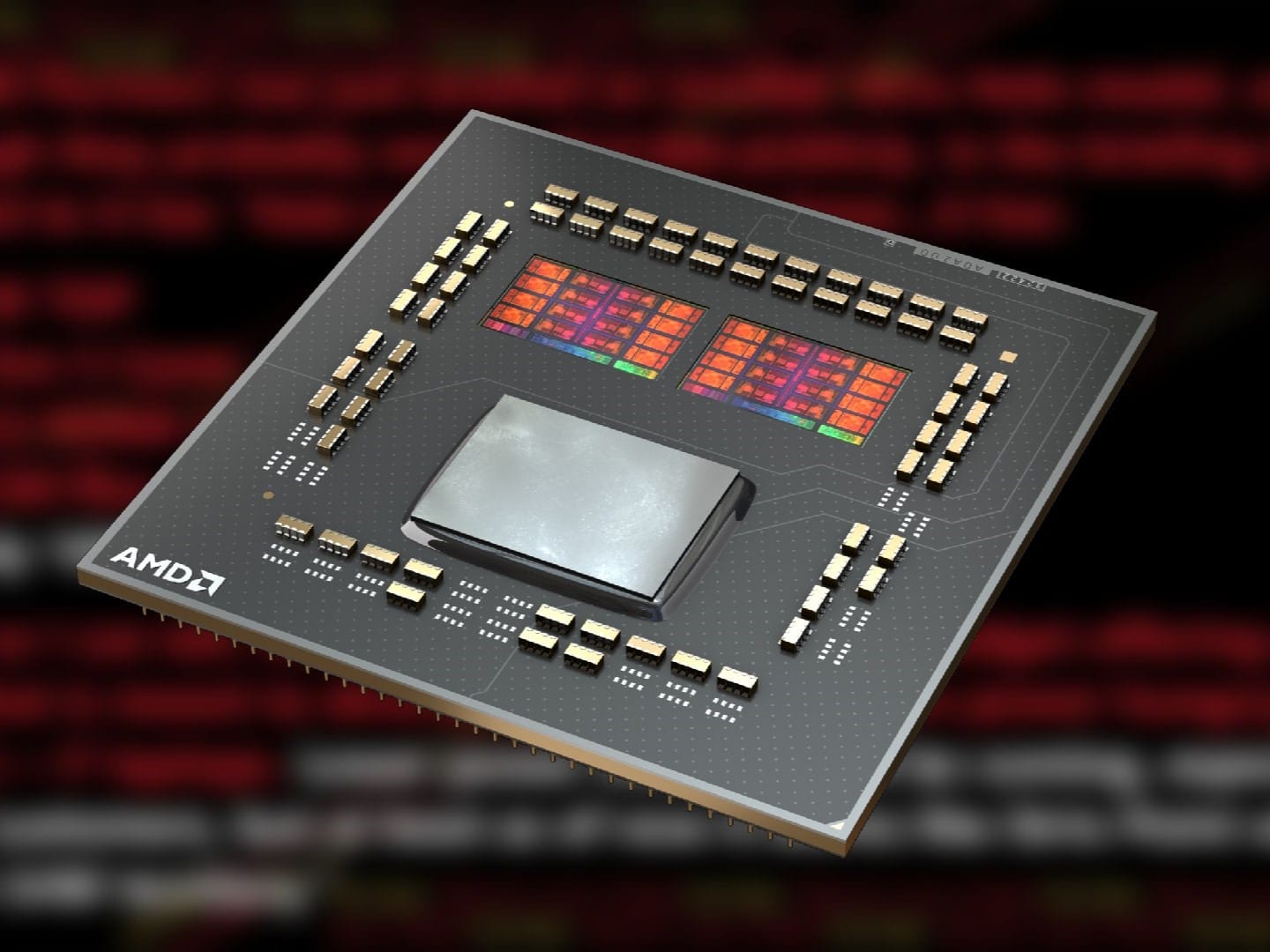After debuting the iQOO 13 in China back in November, iQOO is set to launch its first device in India on December 3rd. Shortly thereafter, there may be another device entering the market. Well-known tipster Abhishek Yadav has suggested that iQOO is gearing up to release the iQOO Neo 10R in India.
A First for iQOO in India
If this information is accurate, it would mark the first time iQOO releases a phone with the “R” designation in India. According to Yadav, the Neo 10R is expected to have three storage options: 8GB RAM with either 128GB or 256GB of storage, and 12GB RAM with 256GB of storage.
More Specs to Come
While further specifics about the device’s hardware are still unknown, insights from iQOO’s past may offer some hints. For example, the iQOO Neo 9 Pro was simply a rebranded version of the Neo 9 that was available in China. If iQOO sticks to this strategy, the Neo 10R could just be a modified version of the Neo 10 designed for the Indian audience.
Features of the Neo 10 Series
On another note, iQOO has already rolled out the Neo 10 series in China. This series features a sleek flat design, similar to last year’s Neo 9 lineup, but with thinner bezels that are just 1.4mm wide. Even though the frame is still made of plastic, the camera setup has received a design update, and there’s a vegan leather variant that adds some freshness to the series.
Both the Neo 10 and Neo 10 Pro come equipped with a sizeable 6.78-inch 1.5K+ 144Hz LTPO display. It can reach peak brightness levels of up to 1800 nits globally and 4500 nits locally, which is a big step up from the Neo 9’s 1400 nits.
Performance and Camera Capabilities
Inside, the Neo 10 is powered by the Snapdragon 8 Gen 3 processor, while the Neo 10 Pro is equipped with the Dimensity 9400 chipset. Both models feature a Q2 gaming chip inherited from the upcoming iQOO 13 and a 6400mm² VC cooling system to maintain performance during high-energy gaming sessions.
In terms of photography, both Neo 10 and Neo 10 Pro utilize the Sony IMX921 main sensor. However, the Pro version takes it further with a 50MP ultrawide camera, compared to the standard model’s 8MP.
Lastly, both phones are backed by a hefty 6100mAh battery and support 120W fast charging, including compatibility with the 100W PPS protocol, which guarantees a 50% charge in just 15 minutes.
Source: Link





















